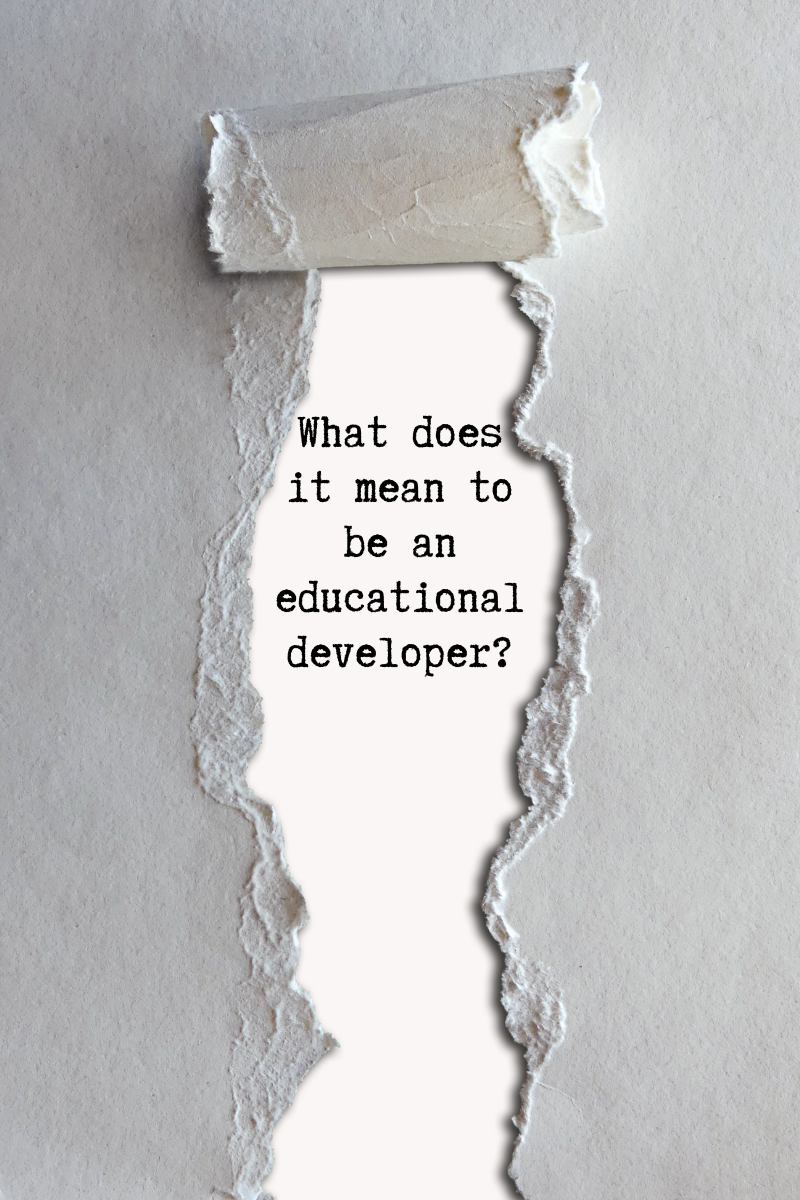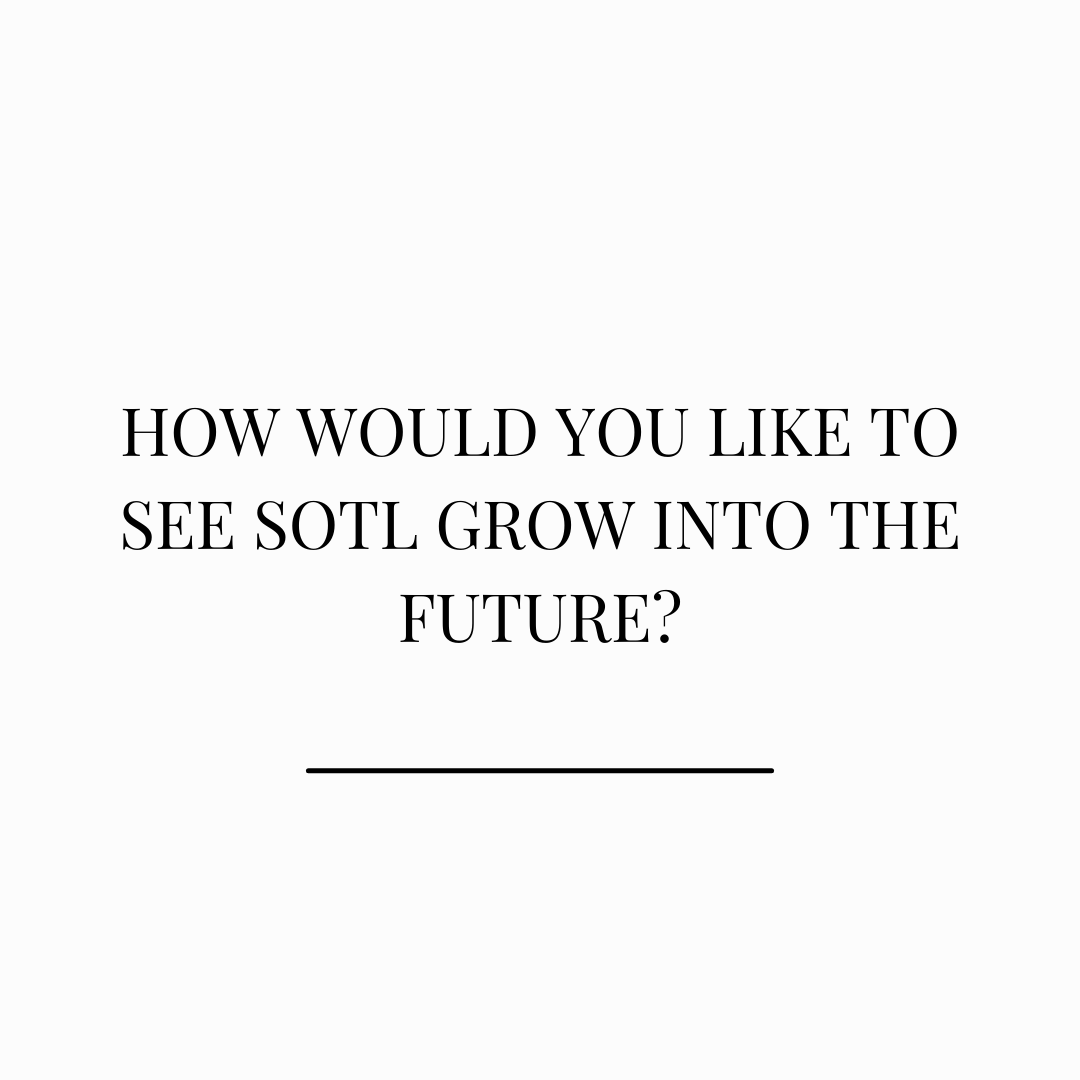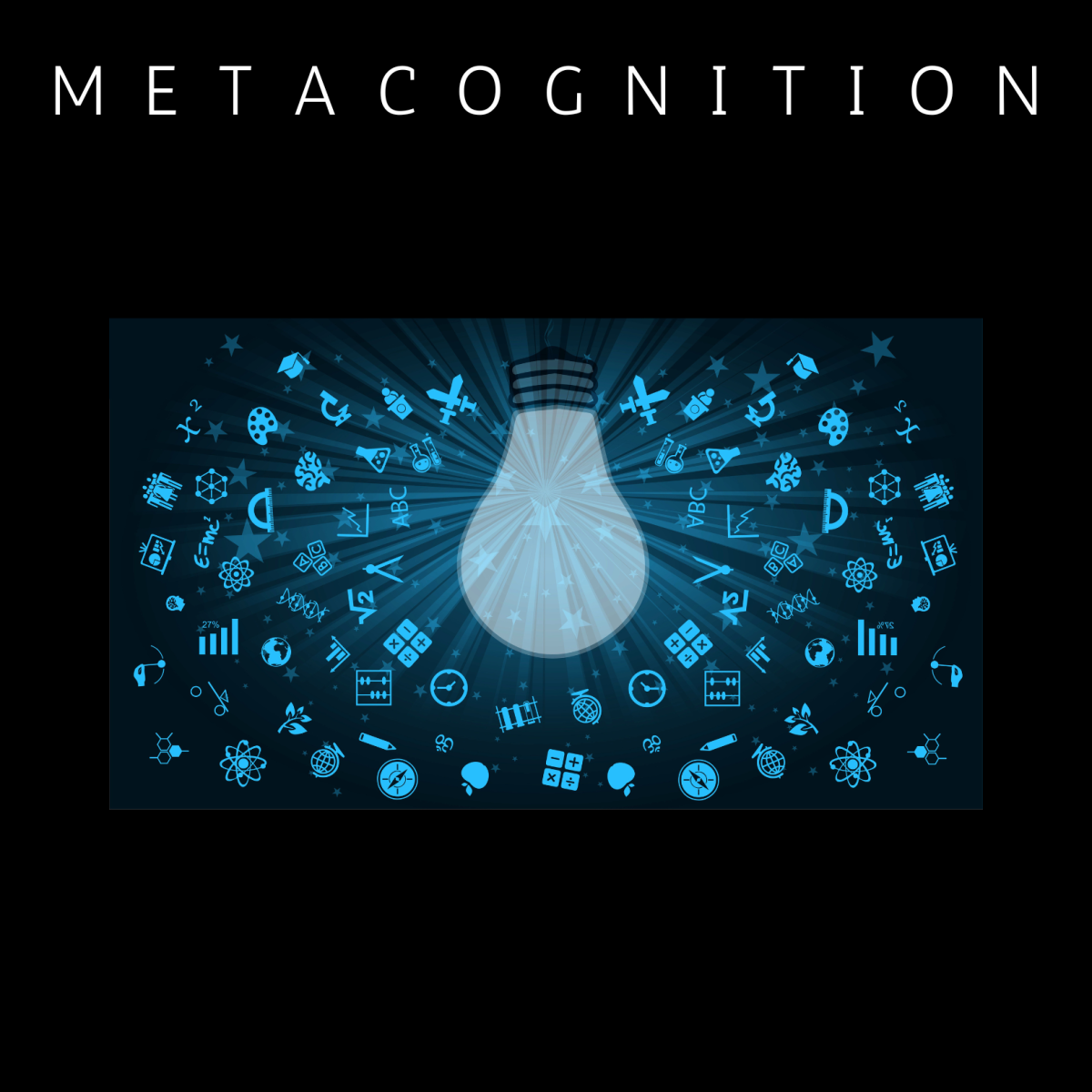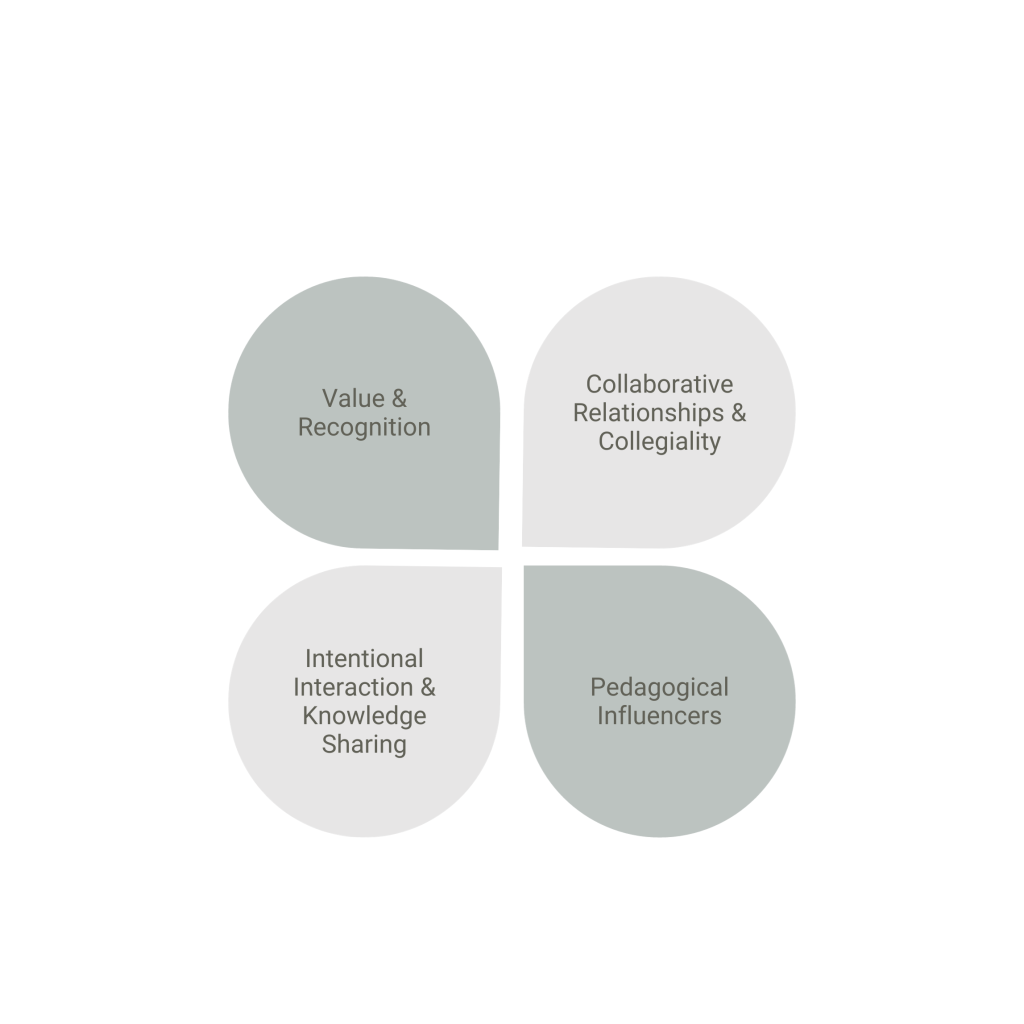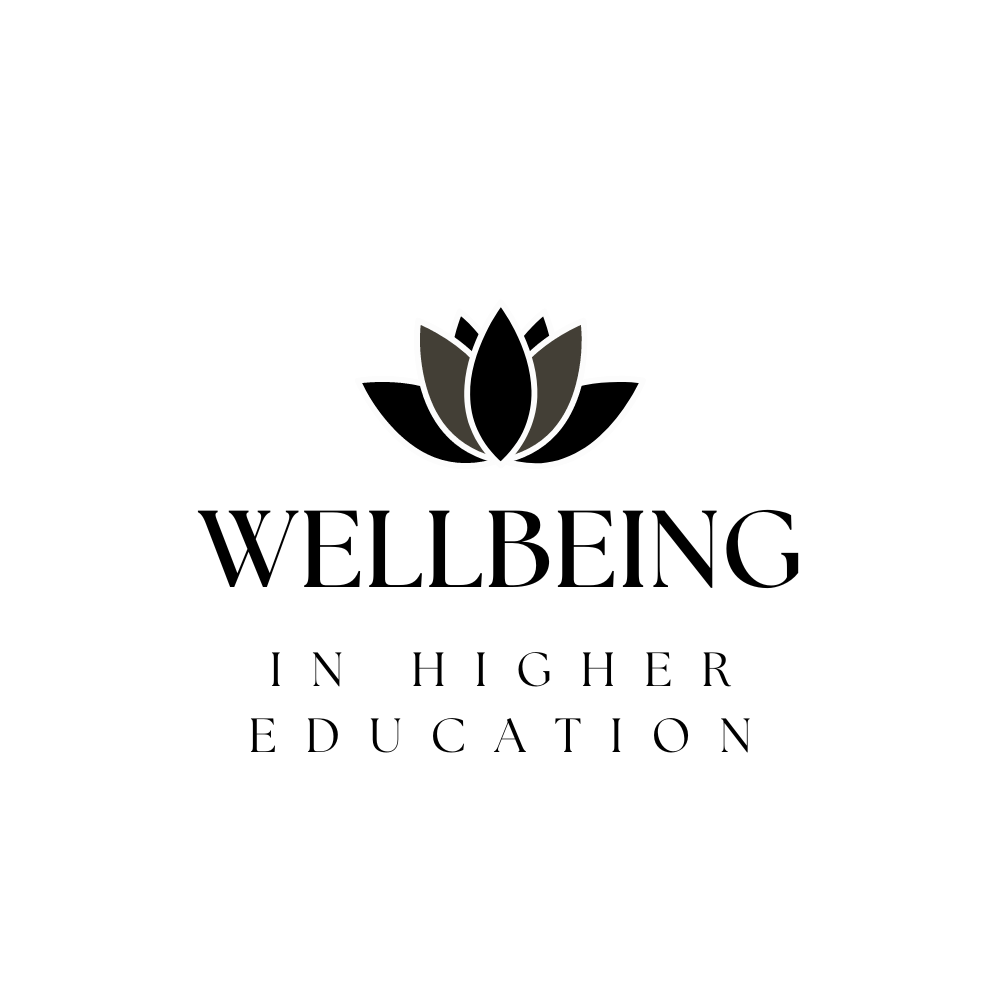I’ve been connecting with several teaching and learning leaders across Canada, exploring the shifts and transformations we have been experiencing in higher education following the pandemic. I’ve experienced something during these conversations that has taken me by surprise. I’ve caught myself wondering:
What does it mean to be an educational developer? What do we do and what are our core ways of being? What guides how we approach our work? How has this shifted over the last few years?
As a leader in educational development and and higher education, you may think that this should be top of mind. It’s always helpful to pause and reflect upon what you do and what most strongly guides your practice.
Thankfully, I’m not the first person to consider this. Authors like Debra Dawson (Dawson et al., 2010), Lynn Taylor (Taylor & Rege Colet, 2010), Graham Gibbs (Gibbs, 2013), and Kathryn Sutherland (Sutherland, 2018) have put some great thinking into the work of educational development. Building upon the work of Gibbs (2013), a group of colleagues and I (Kenny et al., 2017) described many activities that educational developers engage in such as: working to strengthen teaching and learning practices with individuals, groups of educators, and faculties/departments, partnering with educators, departments and faculties to influence academic course and curriculum development, improving learning environments and spaces, influencing institutional processes, structures and policies related to teaching and learning, supporting quality assurance processes, and engaging in program evaluation, scholarship and research.
We emphasized that educational development takes place across multiple organizational levels: with individuals; departments, faculties, committees and working groups; across the institution; and even across the sector of higher education (Simmons 2016, Taylor & Rege Colet, 2010). Kathryn Sutherland (2018) encourages us to think even more broadly about academic development to consider the whole of the academic role, the whole of the institution, and the whole of the person.
Much of the above work focuses on what educational developers do. In 2013 Julie Timmermans (Timmermans, 2013) described threshold concepts in the careers of educational developers. She emphasized ways of knowing and being such as: respecting existing expertise, building capacity, starting where people are at, getting out of the way, thinking and acting strategically across mutliple organizational levels, influencing knowledge sharing and flow, seeing patterns and opportunities, collaborating and building relationships, communicating effectively, engaging in reflection, adapting a scholarly approach, and adapting to context.
But what does this actually look like in practice?
A group of educational developers at UCalgary came together to reflect on how we approach our practices. We called these our academic core beliefs. In 2023, we expanded upon these beliefs to describe guiding principles for our educational development practices at the Taylor Institute for Teaching and Learning (TI). I’ve presented this work below:
Collective Capacity: We foster integrated, ethical, and equitable networks of practice and leadership to build connections that strengthen our collective capacity to improve post-secondary teaching and learning. We provide context, resources, and expertise to help others enhance their learning, share knowledge, build communities, and influence change in teaching and learning. We believe that teaching and learning expertise and different ways of knowing are distributed across the academic community, and that relationships and a relational approach are paramount to our work. We learn from others and within diverse intercultural contexts founded on integrity which create opportunities for meaningful dialogue and action.
Collaborative Relationships: We believe it is essential to foster significant conversations and networks through both formal and informal processes. We support the development of collegial relationships and collaborations within the TI and across academic communities. We believe that context and culture matter, and that diverse ways of being, knowing, and doing exist. We respect, celebrate, and draw upon the knowledge, experience, and perspectives of the diverse roles, backgrounds, and cultures of colleagues.
Learning focused: We are all learners; therefore, we emphasize approaches that lead to meaningful and enriching learning experiences for all. We model and disseminate strategies that empower educators and students to actively engage in learning. We acknowledge that learning is an iterative and contextual process that can be supported by critical reflection, research-informed principles, and diverse ways of knowing, being, and doing,
Scholarly and cultural relevance: We believe it is important to critically examine knowledge and assumptions through inquiry, scholarly practice, practice-based research, and culturally relevant approaches. We commit to making decisions based on the best available information that incorporates multiple ways of knowing. We engage with the scholarship of teaching and learning and actively support and disseminate it to strengthen educational development.
Leadership: We believe that shared, collaborative leadership approaches are key to meaningful decision-making, transformation, and change in postsecondary education. We provide expertise, support, and resources to empower others to lead. We bring our scholarly experience and wisdom of practice to identify gaps and lead initiatives to influence change in teaching and learning. We model leadership approaches that are grounded in building trust and relationships across the academic community.
Critical Reflection: We believe that critical reflection is essential to fostering growth, enhancement and innovation in teaching and learning, as well as professional practice. We commit to being intentional about our individual and collective educational development approaches by engaging in critical self-reflection, examining our own positionality and assumptions, and modelling reflective practice.
A call to action
If you are an educational developer in higher education, I encourage you to open a conversation with your team.
What are the principles that guide your work in higher education? What practices bring these principles to life? How might these principles or approaches be shifting?
Concluding thoughts and thanks
I am proud of the work our team continues to put into meaningful considering not only what we do as academics in the TI (i.e., what we do?), but how we approach our work (i.e., who we be?). Special thanks to colleagues Alysia Wright, Carol Berenson, Cheryl Jeffs, Frances Kalu, Fouzia Usman, Jaclyn Carter, Kara Loy, Kim Grant, Patti Dyjur, Robin Mueller, and Sreyasi Biswas, who thoughtfully informed and contributed to the development of these core beliefs and principles over time. Apologies if I missed anyone – let me know if I did and I will add you!
Coming back to these principles has helped ground what I believe to be most important about educational development approaches and practices in higher education.
References
Dawson, D., Britnell, J., & Hitchcock, A. (2010). Developing competency models of faculty developers. In L. Nilson & J. Miller (Eds.), To improve the academy: Resources for faculty, instructional, and organizational development(Vol. 28, pp. 3-24). Stillwater, OK: New Forums Press.
Gibbs, G. (2013). Reflections on the changing nature of educational development. International Journal for Academic Development 18(1), 4-14.
Kenny, N., Popovic, C., McSweeney, J., Knorr, K., Hoessler, C., Hall, S., Fujita, N., & El Khoury, E. (2017). Drawing on the principles of SoTL to illuminate a path forward for the scholarship of educational development. Canadian Journal for the Scholarship of Teaching and Learning, 8(2), n2.
Sutherland, K. A. (2018). Holistic academic development: Is it time to think more broadly about the academic development project?. International Journal for Academic Development, 23(4), 261-273.
Simmons, N. (2016). Synthesizing SoTL institutional initiatives toward national impact. New Directions for Teaching and Learning, 146, 95-102
Taylor K. L., & Rege Colet N. (2010). Making the shift from faculty development to educational development: A conceptual framework grounded in practice. In A. Saroyan & M. Frenay (Eds.), Building teaching capacities in higher education: A comprehensive international model (pp. 139-167). Sterling, VA: Stylus.
Timmermans, J. A. (2014). Identifying threshold concepts in the careers of educational developers. International Journal for Academic Development, 19(4), 305-317.


